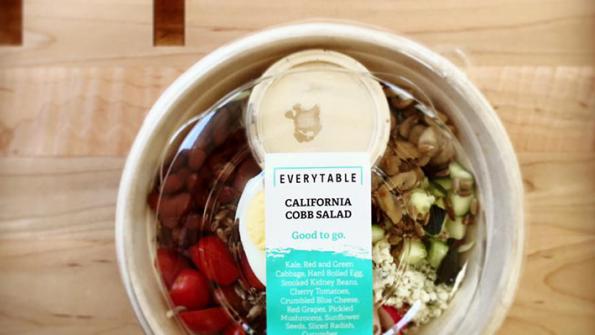Five things the natural products industry needs to know today.
August 27, 2016

At this L.A. food chain, where you live decides what you pay
Meet Everytable, a new fast-casual restaurant concept created with the goal of bringing healthy, grab-and-go meals to low-income areas. Sam Polk, a former Wall Street trader, and David Foster, a former private equity executive, developed the concept, which prices meals differently based on food access in the communities where each restaurant is. For example, the downtown Los Angeles location will have higher prices than the south LA location, where 40 percent of households have incomes well below the national average. Read more at National Geographic...
China seeks to assuage consumer fears over GMO foods
Despite its attempts to reassure Chinese consumers about genetically modified foods, China's agriculture ministry still faces much public opposition as it moves to commercialize GMO corn and soybean crops within the next five years. Read more at Reuters...
Our brains are wired to prefer the taste of humanely raised meat
Researchers at Tufts and Northeastern universities presented students with two samples of meat—one labeled that the animal it came from was raised on a factory farm and the other saying it was raised on a humane farm. The subjects described the "factory farm" meat as more salty and greasy and said they preferred the "humanely raised" meat. The lesson? Consumers want their choices to reflect their values. Read more at Quartz...
Big Soda spends millions on 'unethical' San Francisco area ads fighting drink taxes
Much like Big Food did in state GMO labeling battles, Big Soda is far outspending those who are in favor of taxes on sugary drinks in the Bay Area. A 2014 attempt to impose a soda tax in San Francisco failed to gain a two-thirds majority; this time around, the measure only requires a majority vote. Read more at Huffington Post...
Electron microscopy reveals how vitamin A enters the cell
Behold, the first pictures of a molecular cell in our membranes that transports vitamin A into human cells. Columbia University Medical Center scientists obtained the images using a new high-speed camera attached to an electron microscope. See more at Phys.org...
You May Also Like


